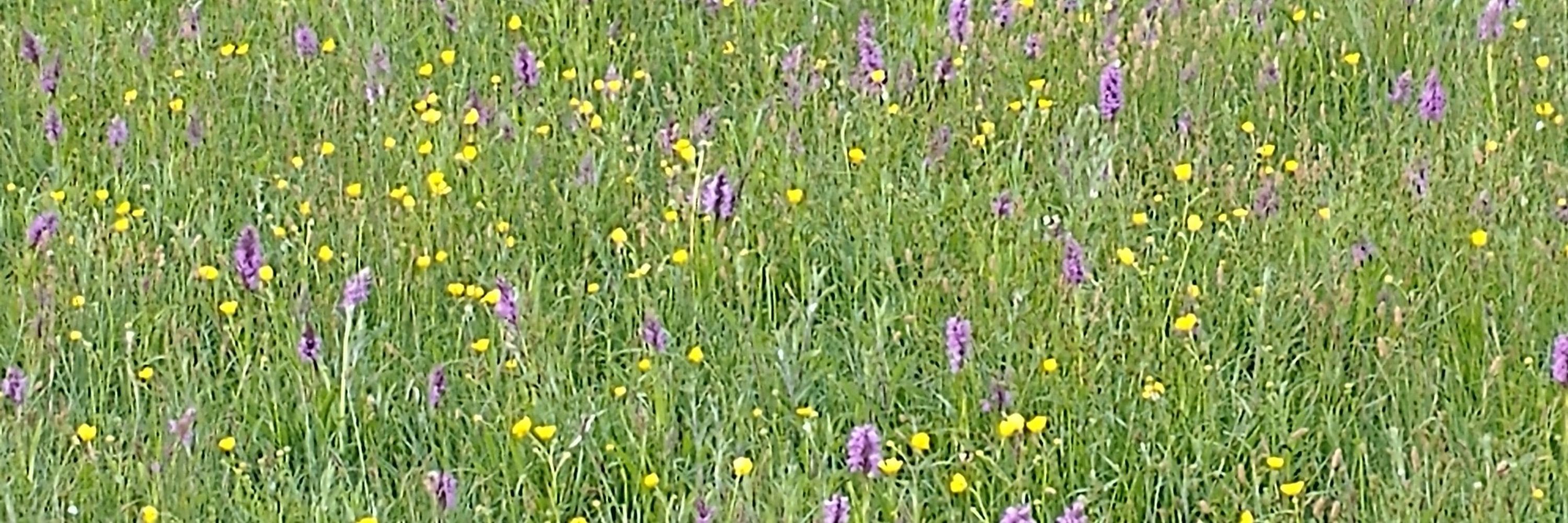
retep_yelir
@retepyelir.bsky.social
120 followers
1 following
73 posts
Still (but only just) a clinical microbiologist
Posts
Media
Videos
Starter Packs
retep_yelir
@retepyelir.bsky.social
· Nov 26
retep_yelir
@retepyelir.bsky.social
· Nov 24
retep_yelir
@retepyelir.bsky.social
· Nov 24
retep_yelir
@retepyelir.bsky.social
· Nov 24
retep_yelir
@retepyelir.bsky.social
· Nov 24
retep_yelir
@retepyelir.bsky.social
· Nov 24
retep_yelir
@retepyelir.bsky.social
· Nov 24
retep_yelir
@retepyelir.bsky.social
· Nov 24
retep_yelir
@retepyelir.bsky.social
· Nov 24
retep_yelir
@retepyelir.bsky.social
· Nov 24
retep_yelir
@retepyelir.bsky.social
· Nov 24















